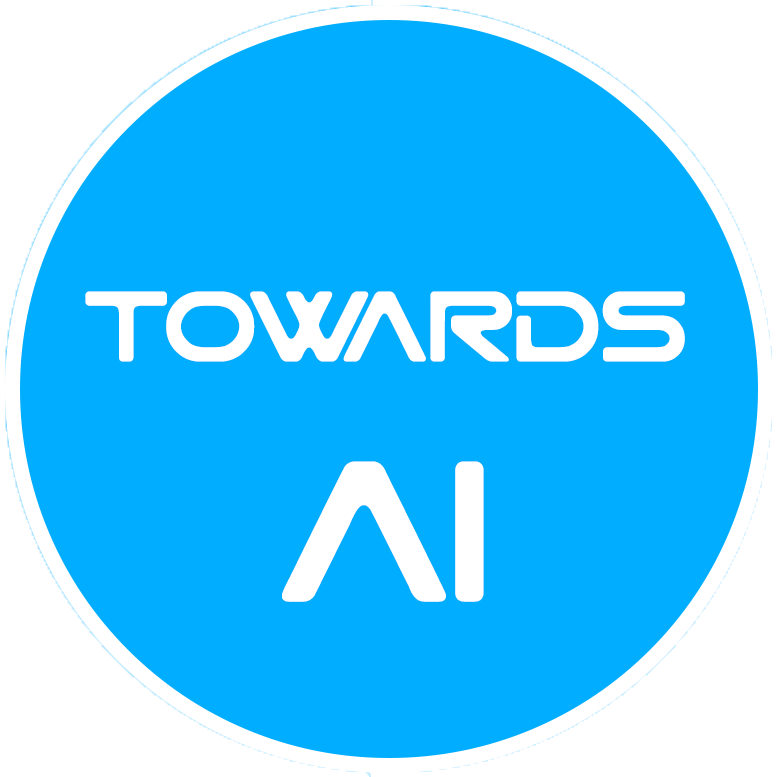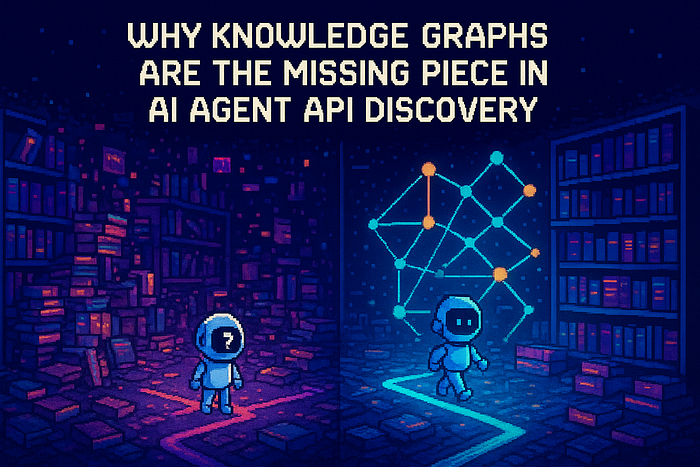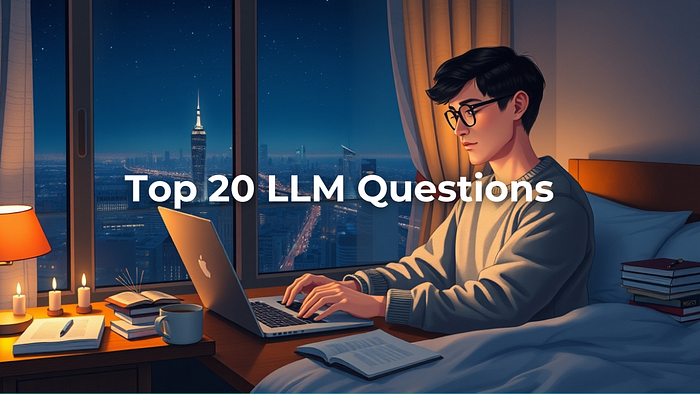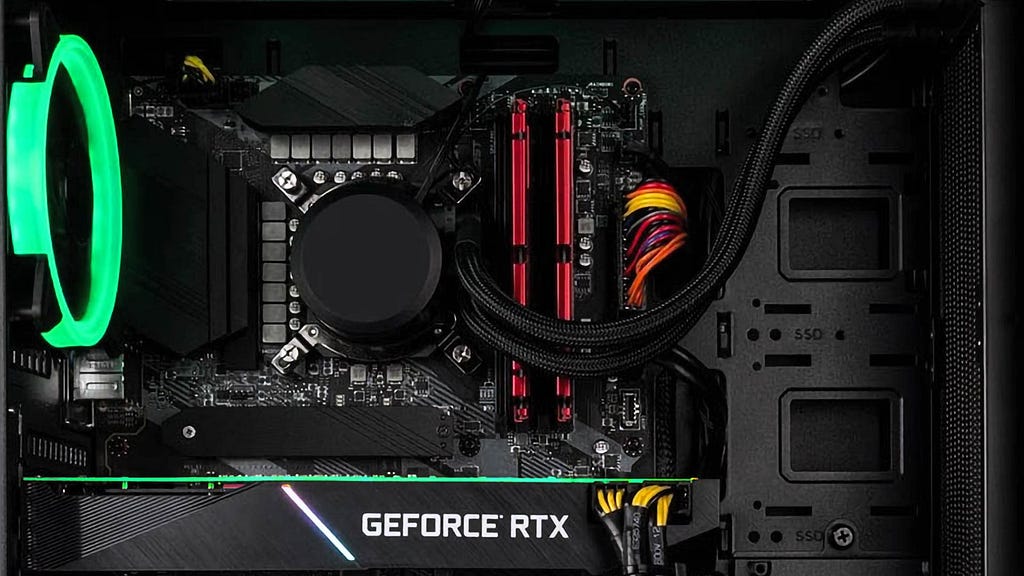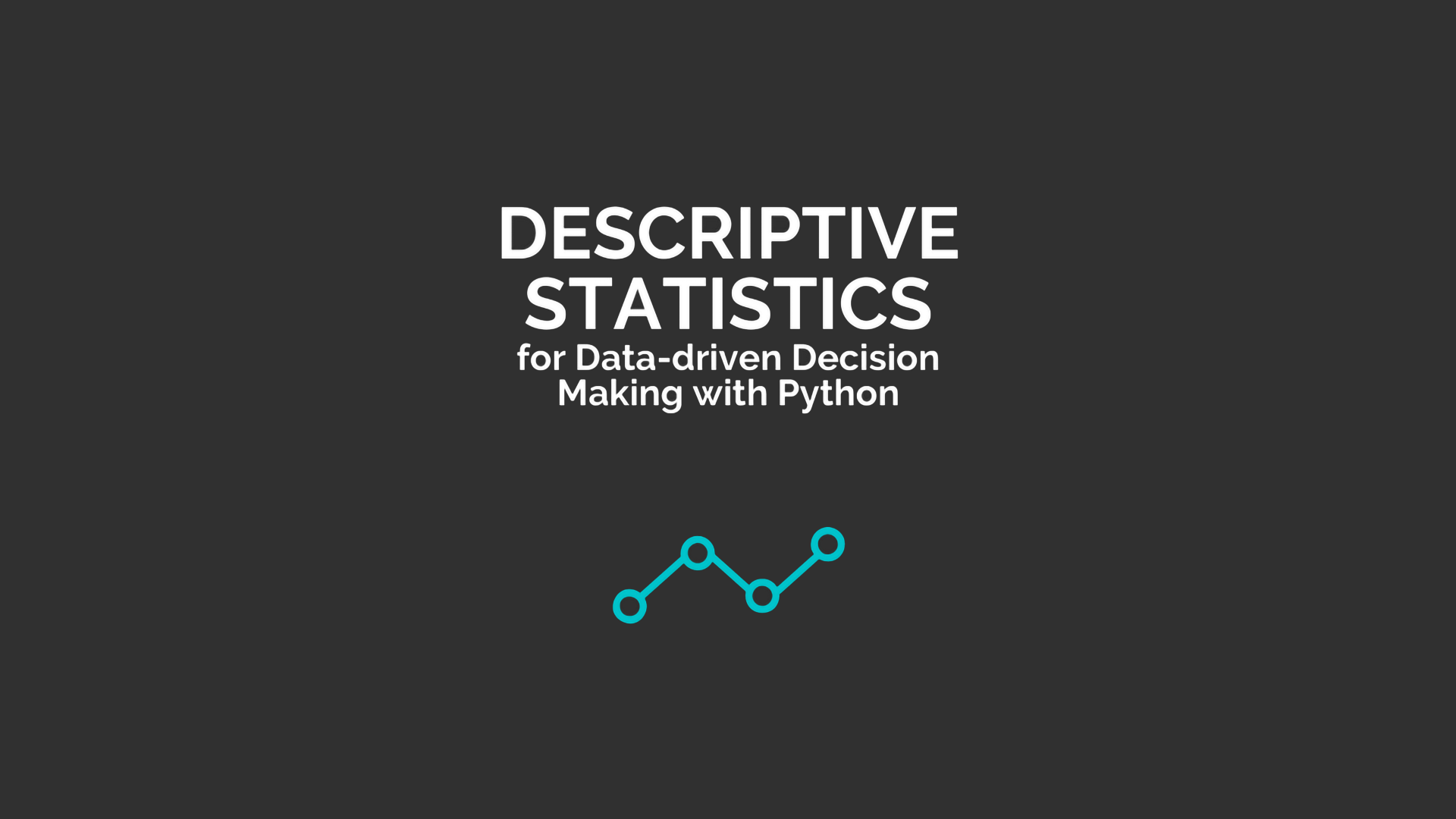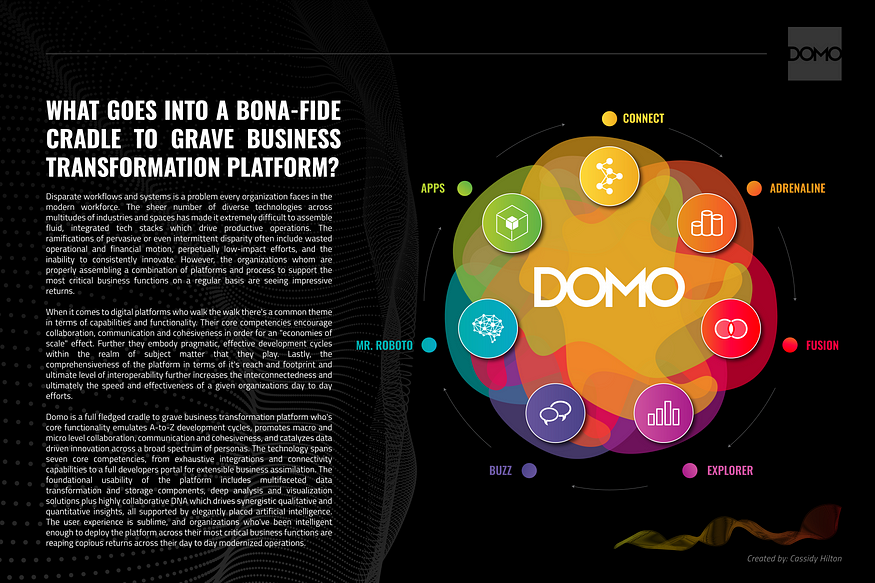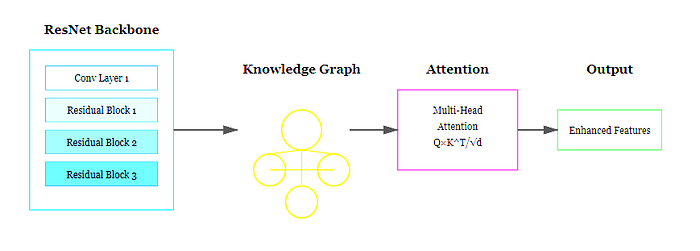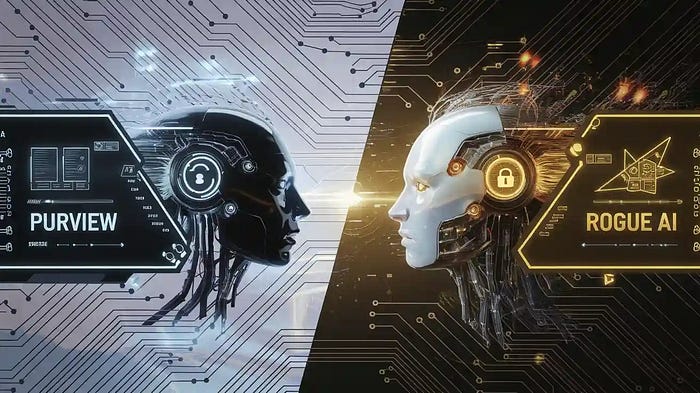How AI Exposed 75 Years of Housing Discrimination Hidden in 5.2 Million Property Records
Last Updated on August 29, 2025 by Editorial Team
Author(s): MKWriteshere
Originally published on Towards AI.
A technical deep dive into Stanford’s fine-tuned language model that saved 86,500 hours of manual work and revealed shocking patterns of racial exclusion
Imagine discovering that one in four properties in your county was once subject to racially discriminatory restrictions.
The article explores how AI is being leveraged to uncover and address 75 years of racial discrimination embedded in housing records in Santa Clara County. Through advanced language models and groundbreaking research, the project reveals the historical patterns of racial exclusion, showcasing the inefficiencies of manual reviews compared to the AI’s efficiency in processing millions of records. As it highlights both the software’s technical prowess and its significant societal implications, the study illustrates how AI can effectively facilitate legal reforms and reshape our understanding of historical injustices in housing policies.
Read the full blog for free on Medium.
Join thousands of data leaders on the AI newsletter. Join over 80,000 subscribers and keep up to date with the latest developments in AI. From research to projects and ideas. If you are building an AI startup, an AI-related product, or a service, we invite you to consider becoming a sponsor.
Published via Towards AI
Take our 90+ lesson From Beginner to Advanced LLM Developer Certification: From choosing a project to deploying a working product this is the most comprehensive and practical LLM course out there!
Towards AI has published Building LLMs for Production—our 470+ page guide to mastering LLMs with practical projects and expert insights!

Discover Your Dream AI Career at Towards AI Jobs
Towards AI has built a jobs board tailored specifically to Machine Learning and Data Science Jobs and Skills. Our software searches for live AI jobs each hour, labels and categorises them and makes them easily searchable. Explore over 40,000 live jobs today with Towards AI Jobs!
Note: Content contains the views of the contributing authors and not Towards AI.


